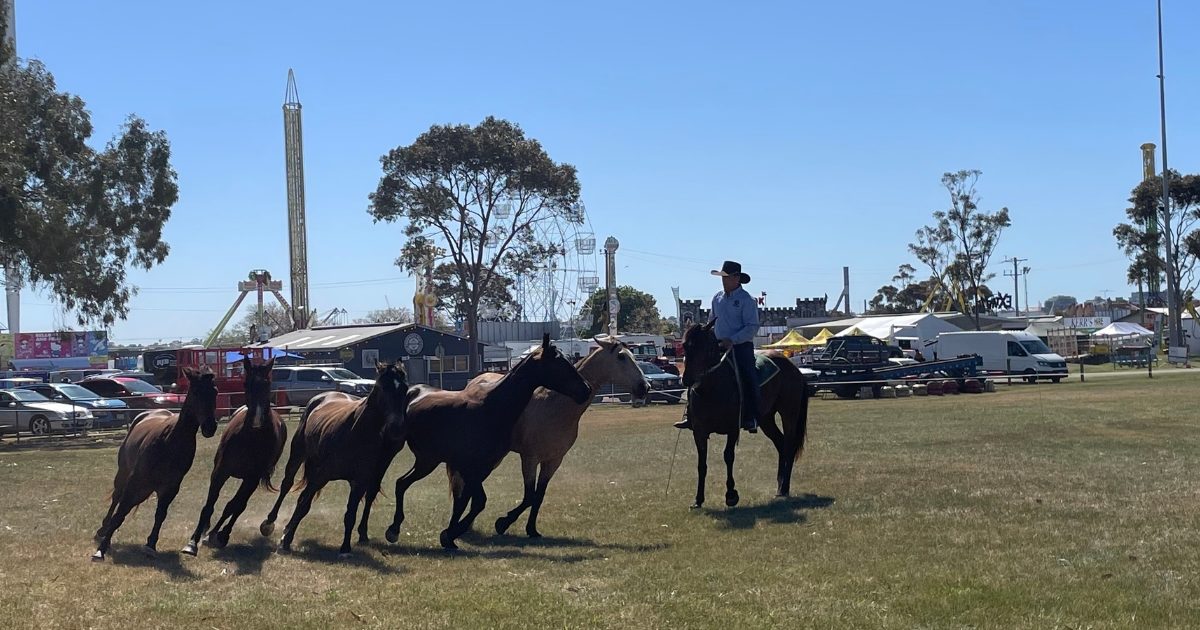Study finds bike lanes aren’t best way to keep cyclists safe
RESEARCH by Monash University and the Amy Gillett Foundation has found on-road marked bicycle lanes are not the best way to keep cyclists safe.
Published in the journal Accident Analysis and Prevention last week, the study showed that on-road bicycle lanes and parked cars actually reduced the distance that motorists provide when passing cyclists.
Data was collected on 60 cyclists in Melbourne who rode their bicycles with a custom device (the ‘MetreBox’) installed to quantify the distance that motor vehicle drivers provide when passing cyclists.
More than 18,500 vehicle passing events from 422 trips were recorded.
One in every 17 passing events were within one metre of the travelling cyclist, and 124 passing events came within less than 60 centimetres.
In higher speed zones (greater than 60 km/h), almost one in every three passing events was a “close” pass (less than 150cm).
There were about 1.7 passing events of less than a metre for every 10 kilometres travelled.
“We know that vehicles driving closely to cyclists increases how unsafe people feel when riding bikes and acts as a strong barrier to increasing cycling participation,” Monash University deputy head of prehospital, emergency and trauma research and lead author Dr Ben Beck said.
Research findings show that on-road bicycle lanes, particularly alongside parked cars, are not the optimal solution for protecting people who ride bikes.
Specifically, passing events that occurred on a road with a bicycle lane and a parked car had an average passing distance that was 40cm less than a road without a bicycle lane or a parked car.
Dr Beck said cycling-related infrastructure needed to come under the microscope.
“Our results demonstrate that a single stripe of white paint does not provide a safe space for people who ride bikes.
“When the cyclist and driver share a lane, the driver is required to perform an overtaking manoeuvre. This is in contrast to roads with a marked bicycle lane, where the driver is not required to overtake. This suggests that there is less of a conscious requirement for drivers to provide additional passing distance.”
He said that in order to improve safety and increase cycling participation, it was clear that far greater investment was needed in providing infrastructure that separated cyclists from motor vehicles by a physical barrier.


















